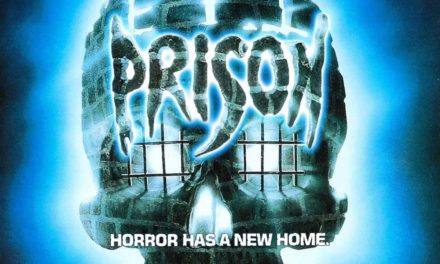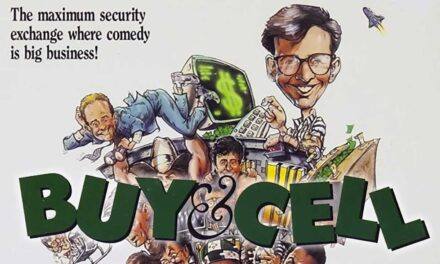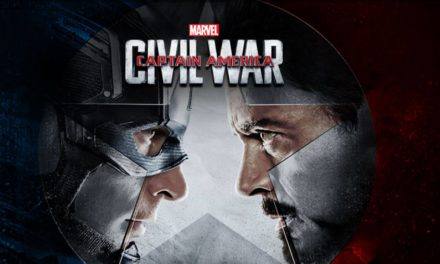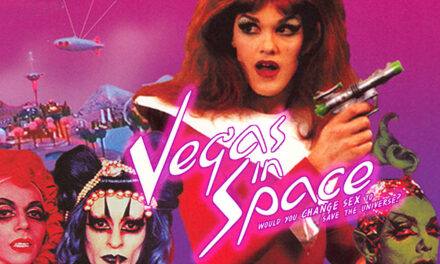After the back-to-back success of Dracula and Frankenstein in 1931, Universal Studios was becoming a household name in Hollywood. For their next project, rather than a literary source, the studio turned to the public’s interest in Ancient Egypt. In 1922, British archaeologist Howard Carter uncovered the tomb of Egyptian Pharoah Tutankhamun, supposedly unleashing the “Curse of the Pharaohs”. Writers Richard Schayer and Nina Wilcox Putnam wrote a treatment entitled Cagliostro, which was further developed by John L. Balderston. Given his familiarity with the uncovering of Tutankhamun’s tomb, Balderston drastically rewrote the treatment to incorporate more elements from that. Dracula cinematographer Karl Freud was hired to direct, and Boris Karloff was cast as the lead given his recent stardom. Jack Pierce, who did the Frankenstein makeup, did similar work here, and relative newcomer Zita Johann became the female lead. Finally, in December 1932, Universal’s The Mummy was unearthed and released.
%
Rating
Synopsis
In 1921, Sir Joseph Whemple (Arthur Byron) uncovers an Egyptian mummy known as Imhotep (Boris Karloff) during an expedition. That night, Joseph’s assistant Ralph Norton (Bramwell Fletcher) finds the “Scroll of Thoth” in the sarcophagus and starts reading it. Through reading this, he unwittingly resurrects Imhotep, who walks off with the scroll, leaving Ralph a raving lunatic. Years later, now renamed Ardeth Bay, Imhotep asks Joseph’s son Frank (David Manners) and Professor Pearson (Leonard Mudie) for help. He has them uncover the tomb Anck-Su-Naum, an Egyptian princess Imhotep was in love with, though it was forbidden. The findings are displayed at the Cairo Museum, where Bay soon meets Helen Grosvenor (Zita Johann), who’s supposedly Anck-Su-Naum’s reincarnation. Bay plans to kill Helen and have her resurrected as an immortal mummy much like him, thereby reuniting them. Will Helen be saved in time, or will Imhotep’s plans come to fruition?
Review
The Mummy isn’t quite as strong as its predecessors, but it’s still as much of a horror classic as those. Given his experience as a cinematographer, Freund does a great job staging sequences and picking the best camera angles. Much like in Dracula, he uses plenty of sweeping camera movements, slows zooms and pans, and plenty of close-up shots. Zita Johann gives a solid performance as the female lead, exhibiting a strange yet intriguing aura around her. Given her real-life interest in the occult and spiritualism, it’s easy to see why she was cast for the role. Universal Monster regulars Edward Van Sloan and David Manners fit their roles, even if they’re not given much to do. However, Karloff is the true star of the movie, and as a bonus, he gets plenty of speaking lines. This gives him further opportunity to demonstrate his acting abilities.
To put it simply, Karloff is the best part of the film, giving a very understated yet powerful performance. Not only does he deliver his lines with eloquence and charm, but he also has an intense glare. Much like Lugosi, Karloff’s stare is intimidating yet alluring, scary yet enticing, thanks partially to how his close-ups are lit. Like in Frankenstein, Jack Pierce’s makeup effects are nothing short of impressive, especially given the resources available at the time. As amazing as the mummy make-up looks, it’s a shame that it’s only on screen for a few minutes. This is made up for when, as Ardeth Bay, Karloff is made to look old and decrepit and yet alive. Admittedly, this does borrow much from the previous films, Dracula especially, in terms of story and even music. Overall, despite that, The Mummy is a solid classic that emphasizes suspense over cheap scares.
Buy The Mummy from Amazon: https://amzn.to/2SpCazc




